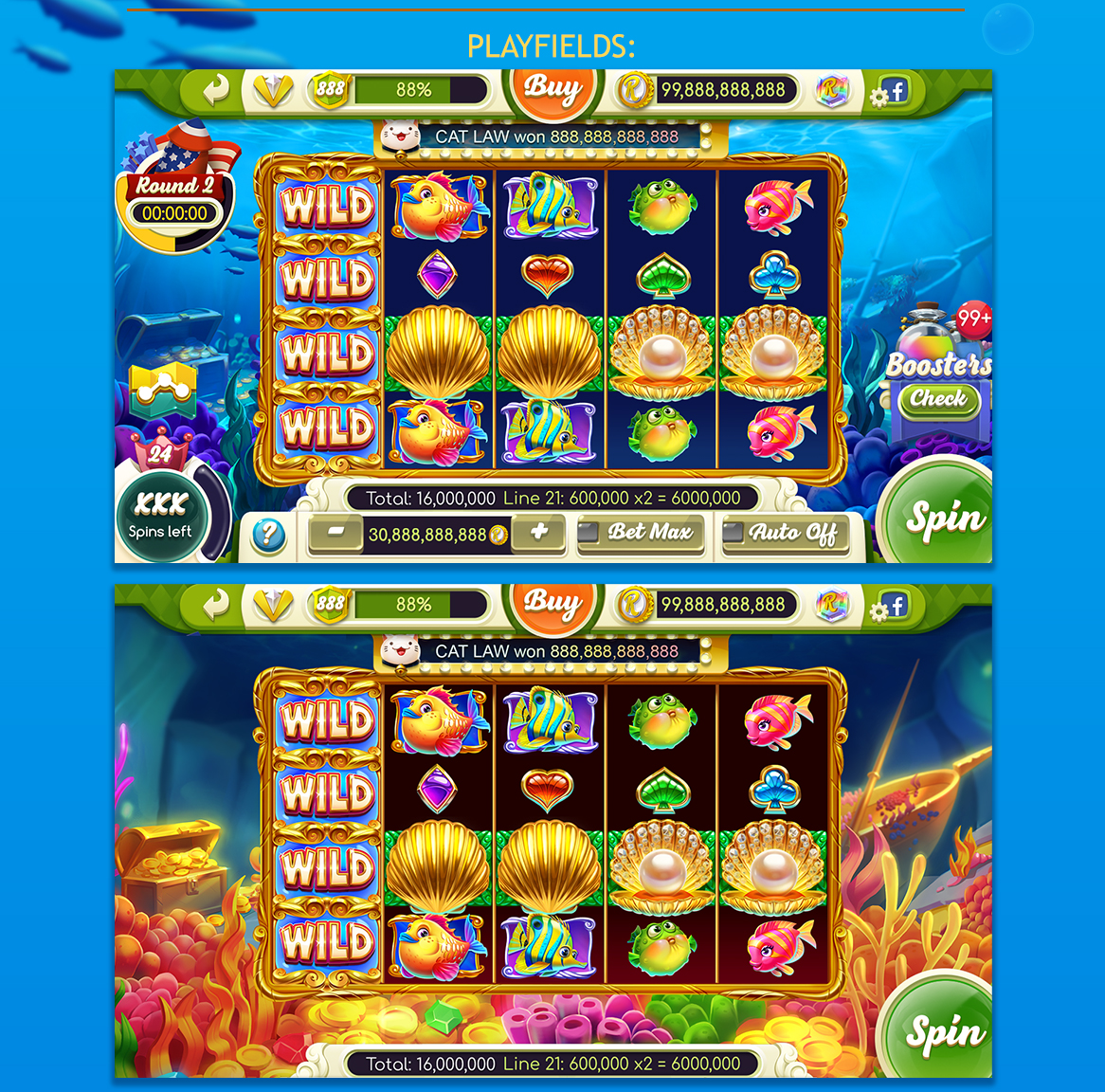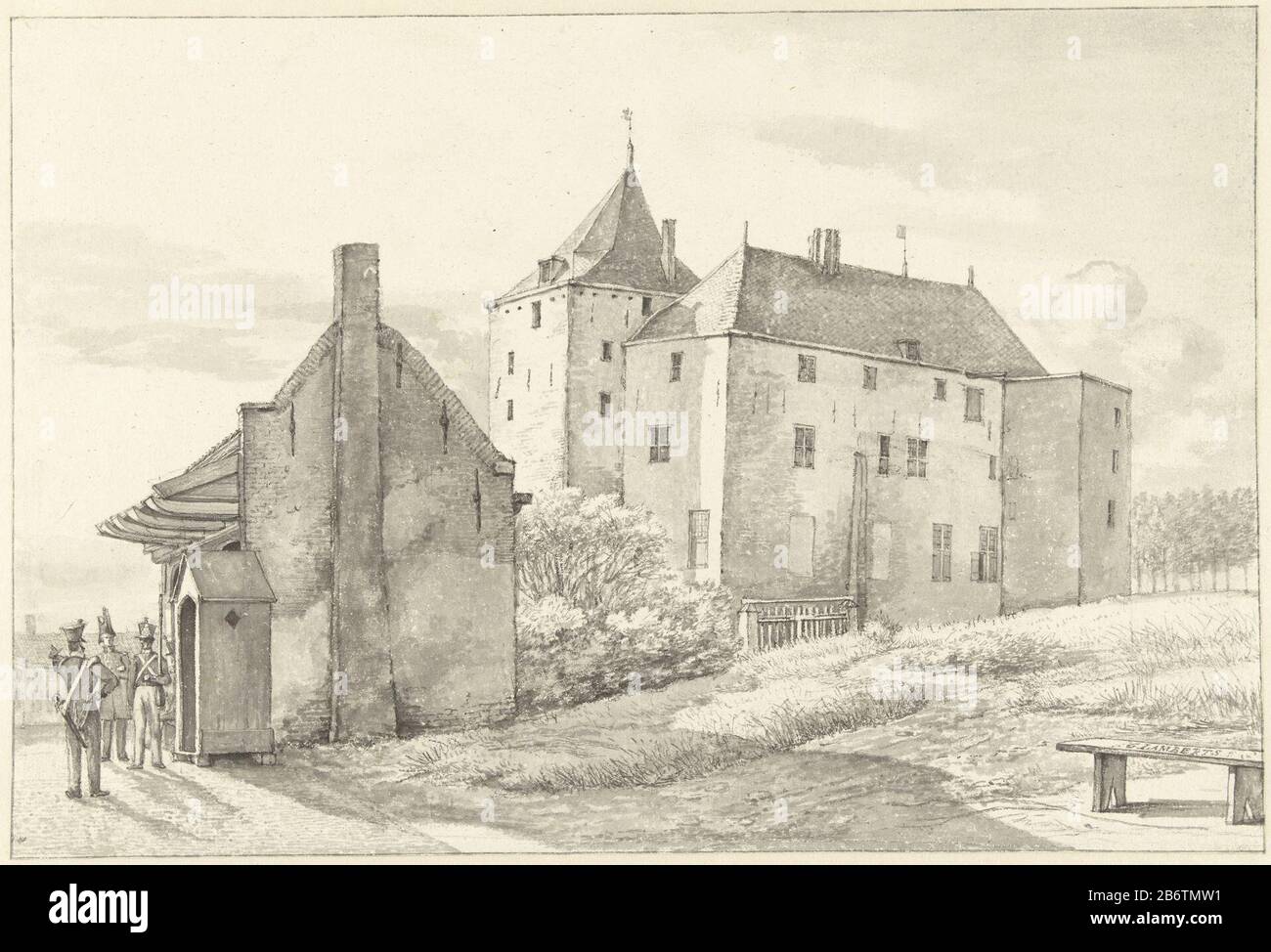Royal 1888 Slot
Bernstorff Palace (Danish: Bernstorff Slot) in Gentofte, Copenhagen, Denmark, was built in the middle of the 18th century for Foreign Minister Johann Hartwig Ernst von Bernstorff. It remained in the possession of the Bernstorff family until 1812. In 1842, it was bought by Christian VIII. Try your luck on with a wide variety of slot machines, ranging from penny slots to more lucrative machines. Plus join one of many table games and see what the cards have in store while you play. Discover the fantastic games and machines at the cruise casinos onboard Royal Caribbean Cruises.
Mintage: 657,000
Finest Known: MS67 (NGC) MS67 (PCGS)
Auction Record: $31,200 (MS66+)
The 1888-S Morgan dollar saw a relatively low mintage of 657,000 coins. Some historians have put the reasons for the small mintage on the fact that the San Francisco Mint had to divert production capacity to striking 3.9 million dimes and 1 million quarters that year, to cope with a local shortage in subsidiary silver coinage.
The Value of an 1888-S Morgan Dollar
The 1888-S Morgan dollar is a condition rarity. Due to the numbers of this mintage that ended up in Nevada slot machines, circulated specimens are scarce, but available. The large quantity of lower-Mint State coins keeps prices for circulated coins lower than might be expected, with the small mintage of this date.
The average 1888-S Morgan dollar is weakly struck, though sharp strikes can be found Luster is often average to above average.
1888-S Morgan Dollar Price Guide
Royal 1888 Slot Case
| Very Fine 25 | Extremely Fine 45 | About Uncirculated 55 |
|---|---|---|
| $146 | $162 | $195 |
| Mint State 61 | Mint State 63 | Mint State 65 | Auction Record (MS66+) |
|---|---|---|---|
| $390 | $514 | $2,250 | $31,200 |
The information on this page does not constitute an offer to buy or sell the coin(s) referred to. Statistics are for Mint State coins only. Proof and prooflike examples of this issue may have greater or lesser 'finest known' and different record auction prices.

| Bernstorff Palace | |
|---|---|
Bernstorff Palace | |
| General information | |
| Type | Country house/royal residence |
| Architectural style | Neo-Classicism |
| Town or city | Gentofte |
| Country | Denmark |
| Construction started | 1759 |
| Completed | 1765 |
| Client | Count Johann Hartwig Ernst von Bernstorff |
| Design and construction | |
| Architect | Nicolas-Henri Jardin |
Bernstorff Palace (Danish: Bernstorff Slot) in Gentofte, Copenhagen, Denmark, was built in the middle of the 18th century for Foreign MinisterJohann Hartwig Ernst von Bernstorff. It remained in the possession of the Bernstorff family until 1812. In 1842, it was bought by Christian VIII. For many years, it was used as a summer residence by Christian IX until his death in 1906.
Since then and until recently, it was used by the Danish Emergency Management Agency as an academy for non-commissioned officers, but it has now opened as a hotel and conference centre.
History[edit]

Origins[edit]
The palace was designed by the French architect Nicolas-Henri Jardin, who had been brought to Denmark to complete Frederick's Church in Copenhagen after the death of Nicolai Eigtved in 1754. It is one of the earliest examples of Neoclassical architecture in Denmark. The elaborately decorated two-storeyed building was completed in May 1765 at considerable cost.[1] At the time, it had four small decorative garrets, attics with decorative vases and a wide balcony on the roof ridge itself. On the garden side, there is a dome-covered projection rising the full height of the building.[2]
The palace's many rooms were modest in size and intended primarily for domestic use rather than for display. Most are panelled with parquet floors, large mirrors and decorated ceilings. The four rooms on the south side have overdoors decorated by Johan Edvard Mandelberg.
Bernstorff left Denmark in 1770, after being dismissed by the regent, Johann Friedrich Struensee. The estate remained in his family's hands until 1812 but was then sold on several occasions. It was about to be demolished in 1842 when Christian VIII bought it and charged Jørgen Hansen Koch with its comprehensive renovation. A mezzanine was added and the layout of the first-floor rooms was changed.
Fitting Jardin's decorative style, Norwegian marble fireplaces are to be found in three of the larger rooms. A sign above the entrance reads: 'Honesto inter Labores otio sacrum' or 'Reserved for honest rest during periods of work.'
Recent history[edit]
In 1854, Bernstorff Palace was placed at the disposal of Crown Prince Christian who adopted it as his preferred summer residence. Indeed, it was to become a popular retreat for the royal couple and their extended family during the king's long reign. Visitors included Tsar Alexander III of Russia and Edward VII of the United Kingdom. In 1888, after the Nordic Exhibition, Queen Louise bought the timbered Swedish pavilion and had it fitted out as guest quarters.
On Christian IX's death in 1906, Prince Valdemar of Denmark inherited the palace, continuing to use it as a summer residence until his death in 1939.
Since then and until very recently, it was used by the Danish Emergency Management Agency as an academy for non-commissioned officers. On 1 May 2009, after an agreement with Gitte Jensen and Kirsten Nielsen, Bernstorff Palace opened as a hotel and conference centre.[3][4]
The palace gardens[edit]
The palace's extensive gardens were laid out are in the Romantic landscape style which had just been introduced to Denmark in the 1760s. In addition to the lawns and woods, they include a rose garden, an orchard and a tea house.[5] It is believed that Jardin who designed the palace was also responsible for their design, especially as his plans refer to the emergence of landscape gardens as a new trend in Denmark.

The Bernstorffs who took great interest in the gardens, planted apricots, peaches, grapes, rare apple and pear trees, cherries and plums in their kitchen garden together with rare varieties of cucumbers, artichokes, lettuces and melons from France and the Netherlands. They acquired a host of rare trees and bushes for the gardens including chestnuts, acacias, holly, tulip trees, plane trees, medlars, azaleas, barberries, quinces and lilacs, many of them completely new to Denmark at the time.
Most of these exotic varieties had withered away by the time Christian IX bought the estate in 1854. He charged Rudolph Rothe, the royal garden inspector, to replace them with Danish oak and beech which can still be seen today.
The beautiful Swedish Villa in the gardens was built in 1888 in the classic Swedish timbered style in connection with the Nordic Exhibition. Run by the Swedish Villa Foundation, it is used for art exhibitions, concerts and as a café.[6]
See also[edit]
References[edit]
- ^Bernstorffs Slot from Palaces and Properties Agency.Archived February 19, 2012, at the Wayback Machine Retrieved 23 January 2010.
- ^Bernstorff Slot - Neoclassical architectureArchived May 16, 2011, at the Wayback Machine. Retrieved 23 January 2010.
- ^Bernstorff Slot. From Danish Conference Centres. Retrieved 23 January 2010.
- ^Nutidige konferencer & møder i historiske omgivelser. From Bernstorffs Slot.Archived October 25, 2009, at the Wayback Machine In Danish. Retrieved 23 January 2010.
- ^Bernstorff Palace Gardens.Archived October 26, 2013, at the Wayback Machine Retrieved 22 July 2013.
- ^Svenske Villa i Bernstoffparken. From Gentofte kommuneArchived April 27, 2009, at the Wayback Machine. In Danish. Retrieved 24 January 2010.
External links[edit]
Royal 1888 Slot Value
| Wikimedia Commons has media related to Bernstorff Slot. |
Coordinates: 55°45′30″N12°33′08″E / 55.7584°N 12.5523°E